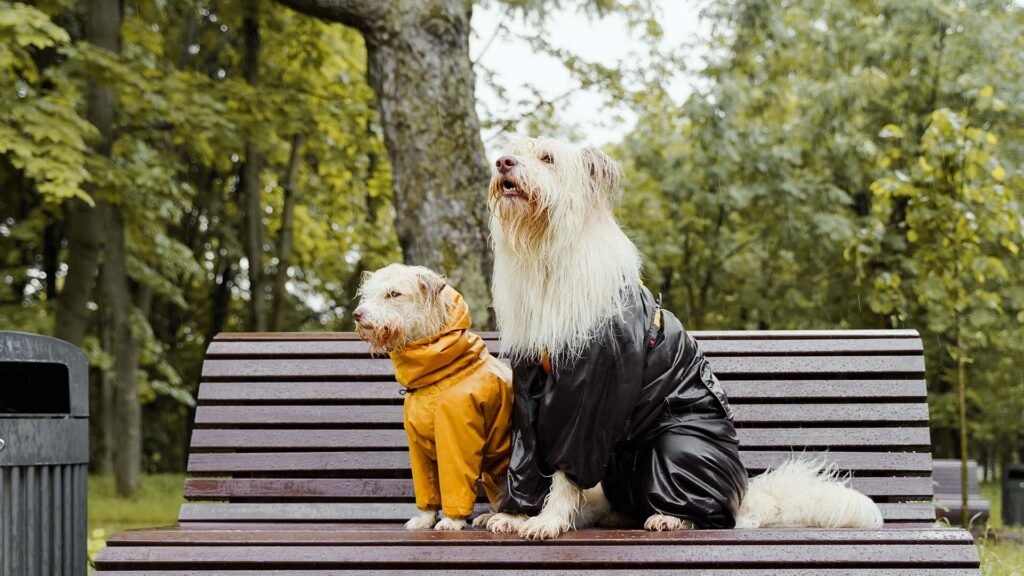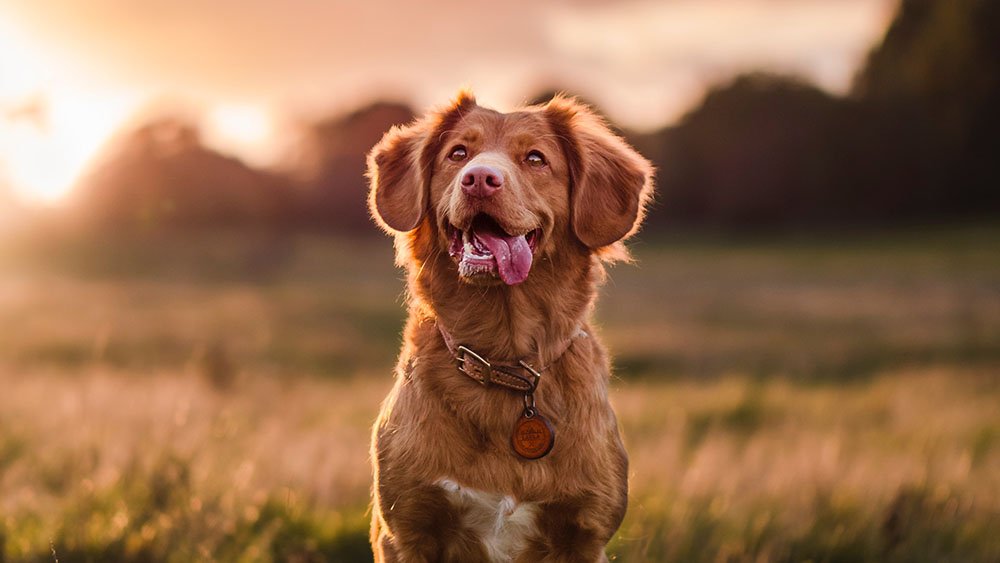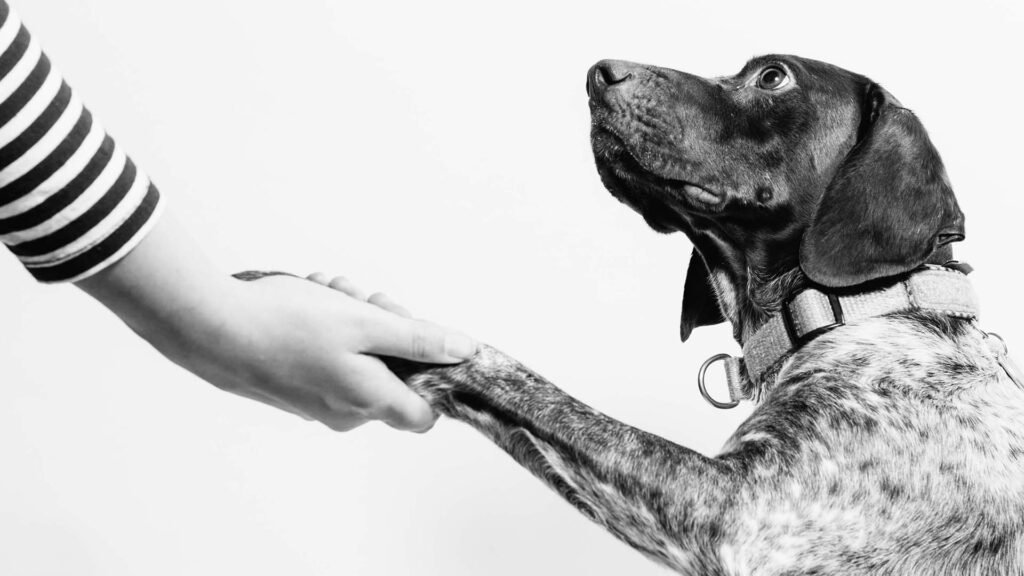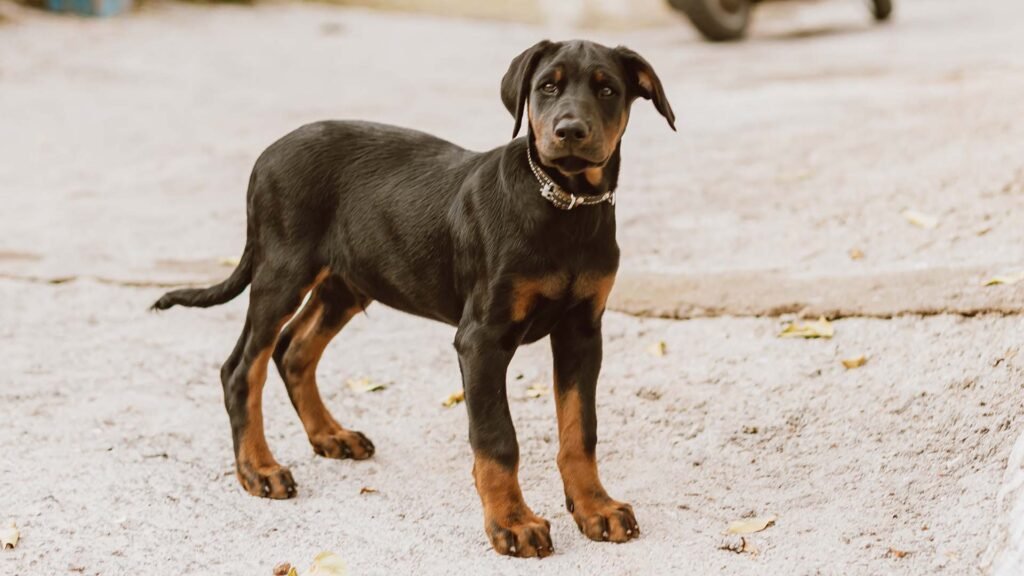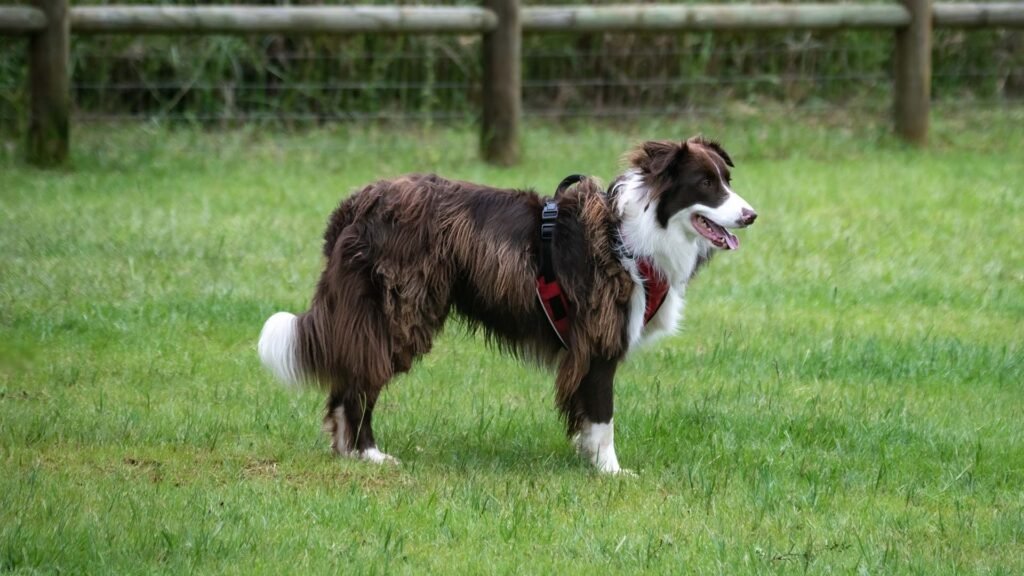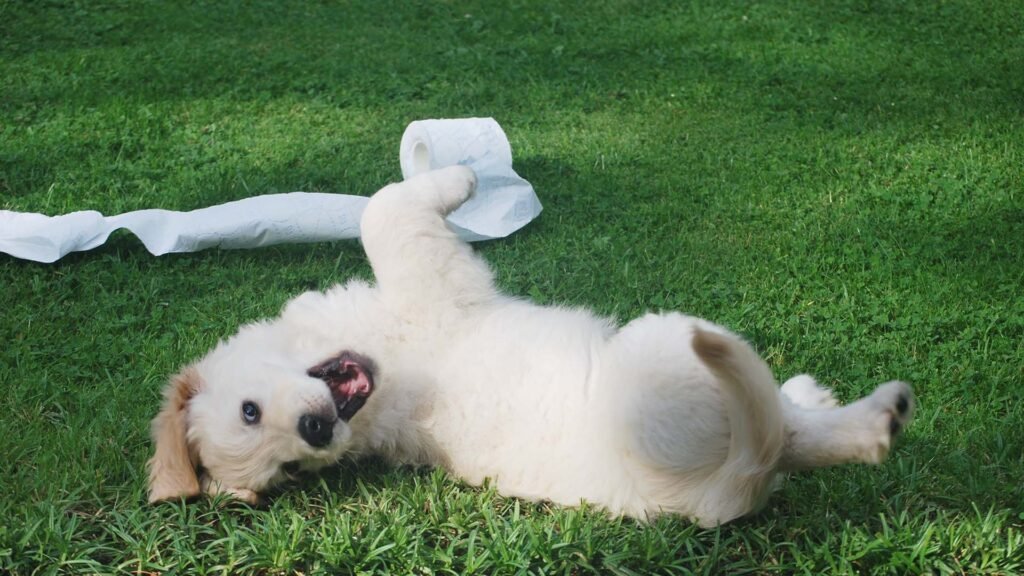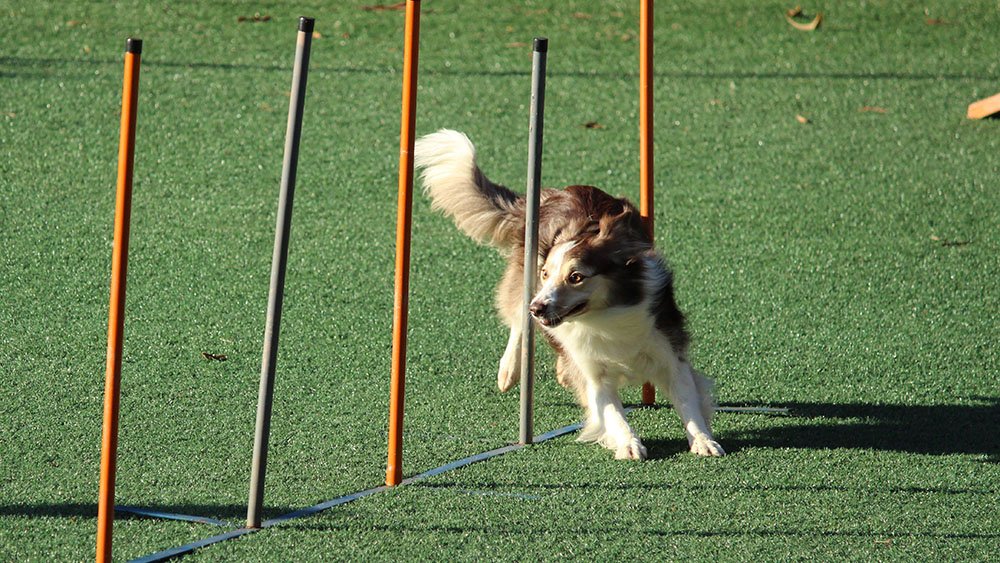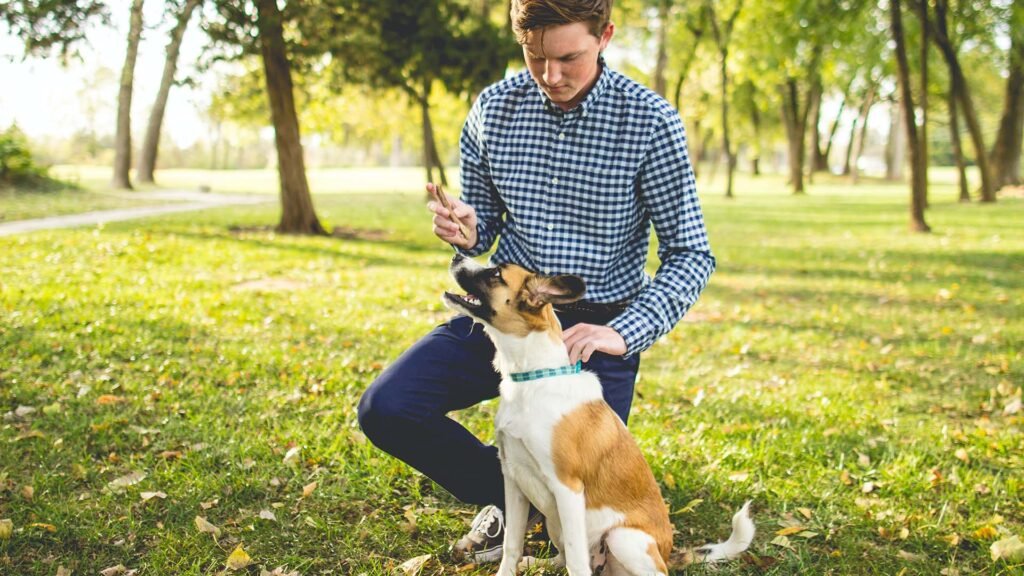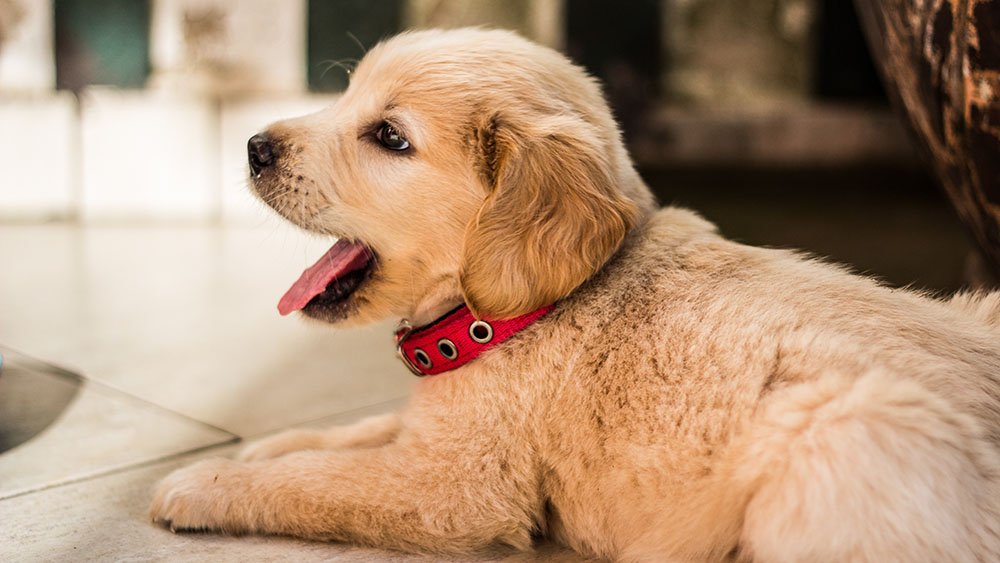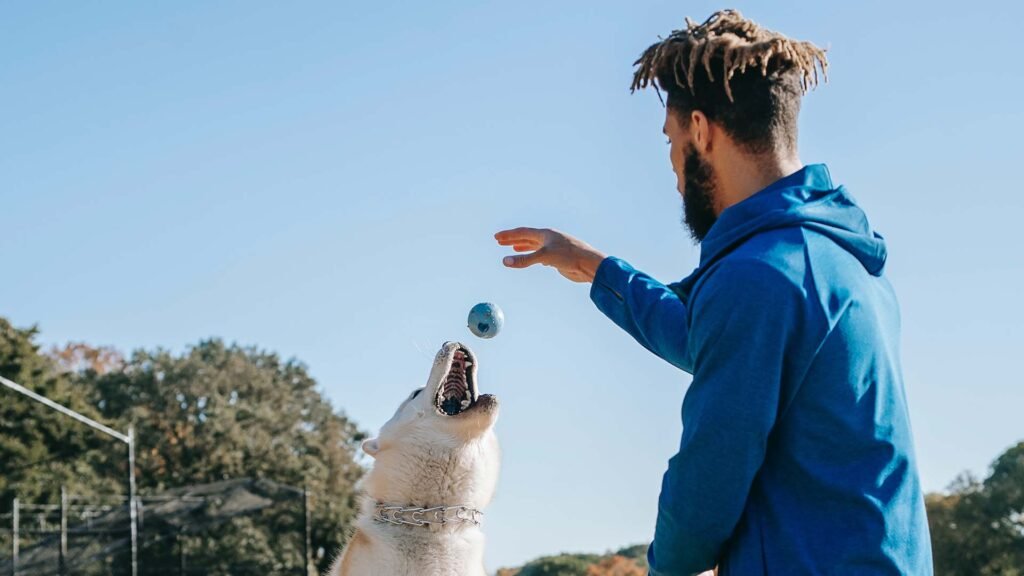Dogs and weather go together like peanut butter and jelly. Dogs love to be outside, and they love to play in the snow. But there are some things you need to know before taking your dog out in the cold. Dogs can get frostbite on their ears, noses, and paws if they are out in the cold for too long. You also need to make sure your dog has a coat or jacket to keep them warm. And don’t forget to bring a towel when you come inside, so your dog can dry off before coming inside.
What to Expect
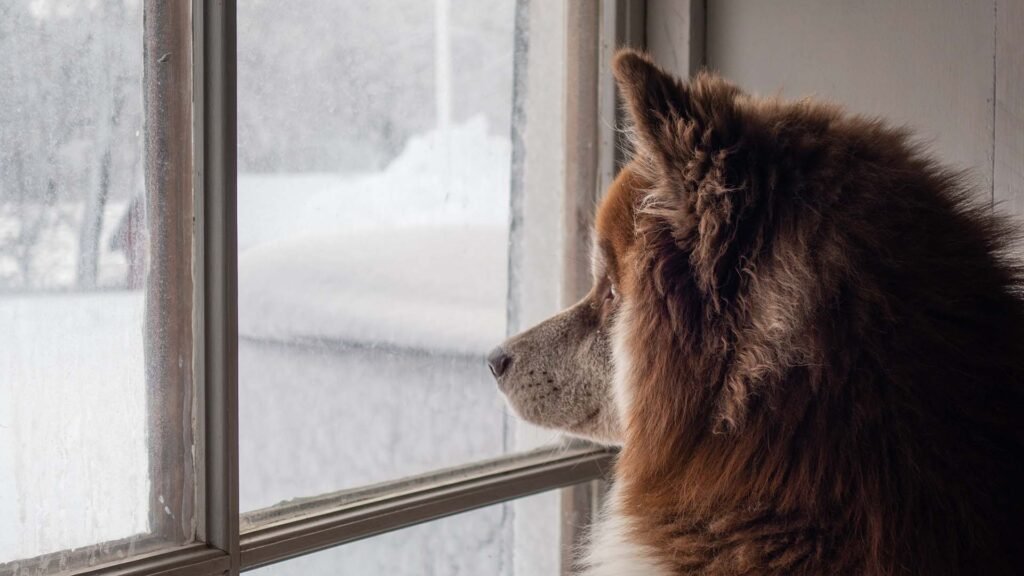
Dogs have a sixth sense when it comes to weather. They instinctively know when the weather is changing, and they react accordingly. If your dog is anxious or anxious in general, you may notice they become more anxious in bad weather. In good weather, they may be more playful and active. Dogs are actually able to detect changes in the air quality, temperature, humidity and even the wind speed.
Like humans, dogs are affected by the weather. Dogs can overheat or become chilled in extreme temperatures. Owners need to be aware of these dangers and take precautions to keep their dogs safe.
In hot weather, dogs should have access to plenty of water and shade. Owners should avoid walking their dogs during the hottest part of the day. If a dog does have to go for a walk, owners should use a harness instead of a collar and keep the walk short. Dogs with light-colored fur are more susceptible to sunburn and should be protected with sunscreen.
In cold weather, owners should dress their dogs in warm clothes. Dogs can suffer from frostbite or hypothermia if they are left outside for too long in cold weather. If a dog is not used to being outside in cold weather, owners should bring the animal inside for short periods of time every day. Dogs left outside for long periods can develop colds and other illnesses.
Keeping Your Dog Safe In Bad Weather
Many dog owners are unaware of the dangers that extreme weather conditions can pose to their pet. From high winds that can knock a dog over to snow and ice that can make walking difficult, winter weather can be hazardous for dogs. By being aware of the risks and taking some simple precautions, you can help keep your dog safe during bad weather.

Living in a cold weather climate means dealing with bad weather conditions at some point during the year. For dog owners, this means taking precautions to keep their furry friend safe and warm. Blizzards, ice storms and extreme cold can all be dangerous for dogs if they are not properly prepared. Here are a few tips to help keep your dog safe during bad weather:
- If possible, keep your dog inside during a blizzard or ice storm. If they must go outside, make sure they have a warm coat and boots to protect them from the cold.
- During extreme cold weather conditions, make sure your dog has plenty of warm water and food to eat. If their water bowl freezes over, move it indoors or use a heated water dish.
- Never leave your dog in a car during bad weather.
- If you live in an area where severe weather is a possibility, it is important to keep your dog safe inside. This includes keeping the windows closed, securing the doors and turning on the home’s heat or air conditioning.
Dealing With Extreme Weather Conditions
When extreme weather conditions hit, it is crucial to be prepared. This includes having supplies for yourself and your furry friend. Blizzards, hurricanes, and other bad weather can cause power outages, hazardous road conditions, and flooding. Here are a few tips on how to deal with extreme weather conditions with your dog.
First, always have a supply of food and water on hand in case you are stranded or have to evacuate. It is also a good idea to have a portable water dish and food bowl in case you have to leave home quickly.
If you have to evacuate, make sure you bring your dog’s leash, collar, ID tag, and any medications your pet needs. If you are staying in a hotel or with family or friends, ask if they are okay with having your dog stay too.
Second, make sure to keep your dog’s nails short and clean. Dog’s nails can grow quickly in the heat, which can cause them to get caught in furniture or other items, possibly causing injury.
Third, make sure to check your dog’s paws for any hot spots. If your dog has a fever, it is important that you take him to the veterinarian right away.
Fourth, in a severely cold or rainy weather, make sure to bring your dog’s bed and blanket. It’s important to know the signs of cold on your furry pal. The following are some of the most common cold and flu symptoms in dogs:
• Coughing, sneezing, or nasal discharge
• Loss of appetite
• Vomiting
• Lethargy (tiredness)
Fifth, Dogs can develop a fever at any time of year, but they are more prone to do so in the summer. If you notice that your dog is ill, it is important to take him to your veterinarian as soon as possible.
Fun Activities to do with Your Dog in the Rain or Snow
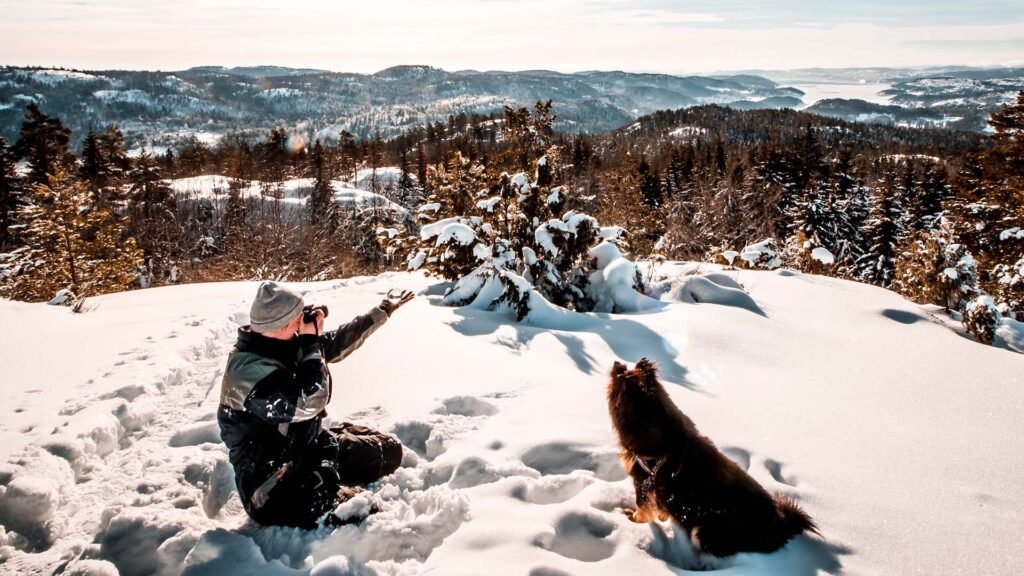
The weather outside is frightful, but that doesn’t mean you and your furry friend can’t have some fun. Whether it’s raining, snowing or extremely hot, here are some activities to keep you both entertained.
- Snow ball fights with snow
- Sledding or tobogganing on the snow
- Hide and seek in the snow Photographing your friends in the snow
- Playing fetch in a cool area under the summer heat
- Walking on a beach with your dog
- Running through sprinklers
- Rolling around on a grassy area
- Making snowmen or snow angels
In Conclusion,
Dogs are considered some of the most important members of a family. They provide companionship, security, and unconditional love to their human counterparts. As with any other living creature, dogs are susceptible to the dangers that weather can pose. In severe weather conditions, it is important for dog owners to take precautions to ensure their furry friends stay safe.

One of the most important things dog owners can do is make sure their pet has a sturdy, weatherproofed shelter in which to escape bad weather. The shelter should be large enough for the dog to stand up and turn around in, and it should be situated in an area that is not prone to flooding.

